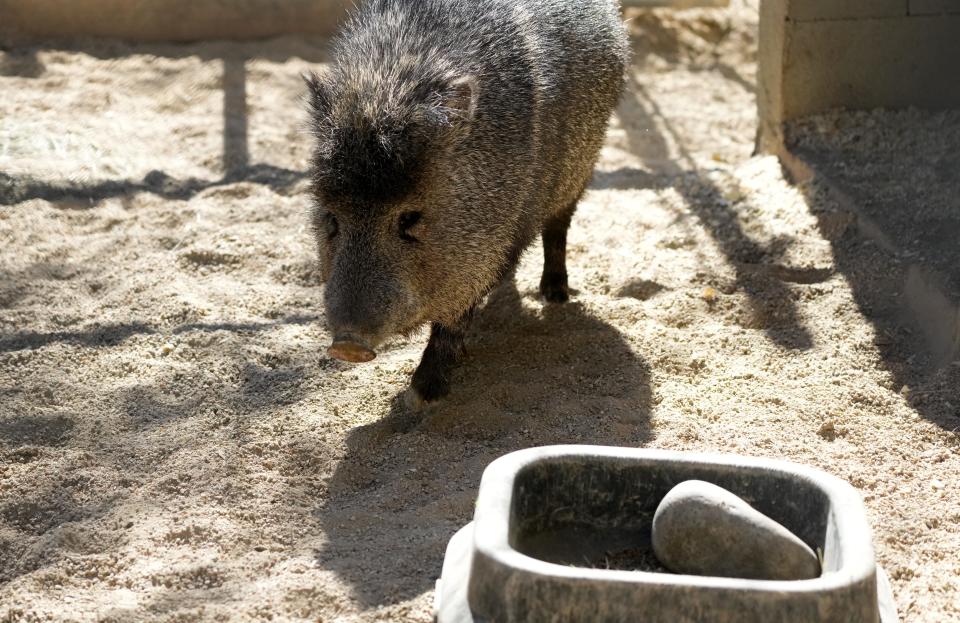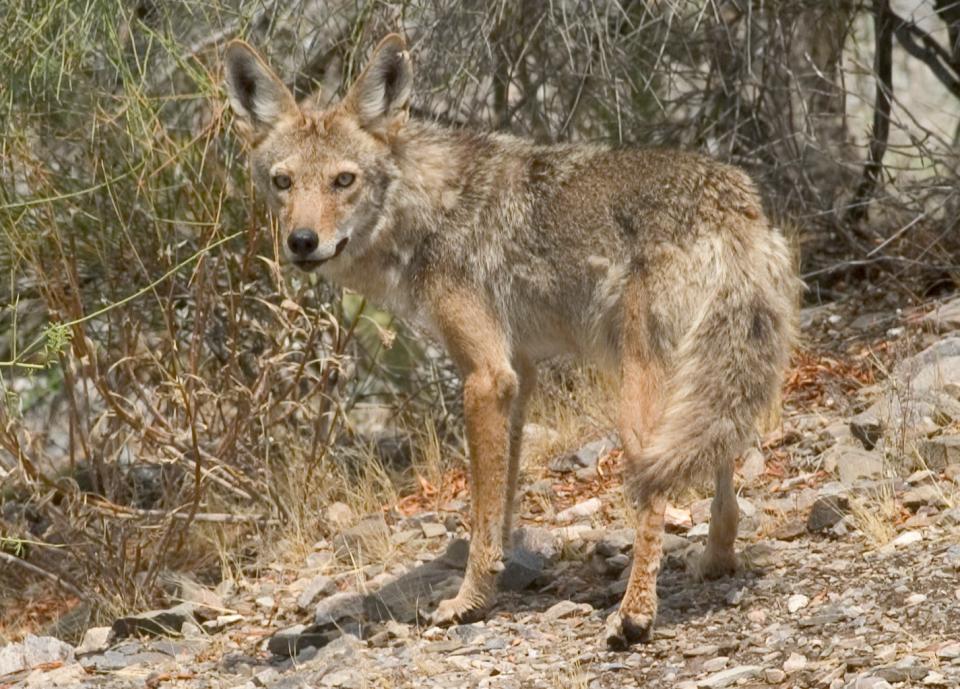A woman was bit by a javelina while saving her dogs. Are wildlife attacks on the rise in Arizona?
A 68-year-old woman from Pearce, Arizona was recovering Wednesday after enduring a bite on her shin from a javelina in a recent attack.
The woman fended off the javelina from her 1-year-old labradoodle after rescuing her smaller dog, according to Arizona Game and Fish Department spokesperson Mark Hart.
What is a javelina?

Javelinas are not related to pigs. Javelinas are a type of mammal known as a collared peccary.
Javelinas look like small pigs and are tan to brownish in color with a reddish dorsal stripe on its back hairs, according to the state agency.
Adults often weigh between 35 and 50 pounds.
What makes a javelina attack?
Most javelina attacks on humans happen against dog walkers, Hart said. But the woman was at home with her dogs when the attack occurred.
"They can't distinguish a dog from a coyote, and coyotes prey on javelina, so they react very instinctively," Hart said.
In the Tucson area, Hart said there is roughly one human every four to six months who is injured from a javelina attack on a dog.
A 58-year-old dog walker suffered a broken leg after being charged by a javelina in Tucson.
A post from the department on the social media platform X, formerly known as Twitter, advised dog walkers who come across a javelina to turn the opposite direction as soon as possible.
Has there been an increase in wildlife attacks?
"Statewide, we've seen a bump in injuries to humans associated with wildlife feeding. That is the number one cause of wildlife bites," Hart said. "Wildlife reacts very instinctively to perceived threats."
A woman was killed in late October by an elk she was apparently feeding corn to at her Hualapai Mountains residence.

The series of coyote bites last month in the area of Interstate 17 and Happy Valley Road in north Phoenix may have come about from someone feeding the wild canines, Hart said. An Arizona man feeding a coatimundi was attacked by one in November.
Feeding wildlife is against the law and punishable with a $300 fine, according to Hart.
Though he made clear that the victim attacked on her property was not feeding the animals, he said the critter’s presence on her 5-acre property may have happened because nearby humans were providing it food.
How can you avoid a javelina attack?
Property owners should mind fruit that’s fallen from trees and bird seeds as they draw javelina, Hart cautioned.
"It's not a good idea to let javelina just roam your property," Hart said. "They’ll eat just about anything."
Hart noted that javelina have an aversion to noise, recommending that upon seeing one, residents should use an air horn, a wooden spoon on a pot or do loud handclapping. Spraying javelinas with a water hose is also a good way of warding them off, he said.
This article originally appeared on Arizona Republic: Wildlife attacks are on the rise in Arizona. Here's why

